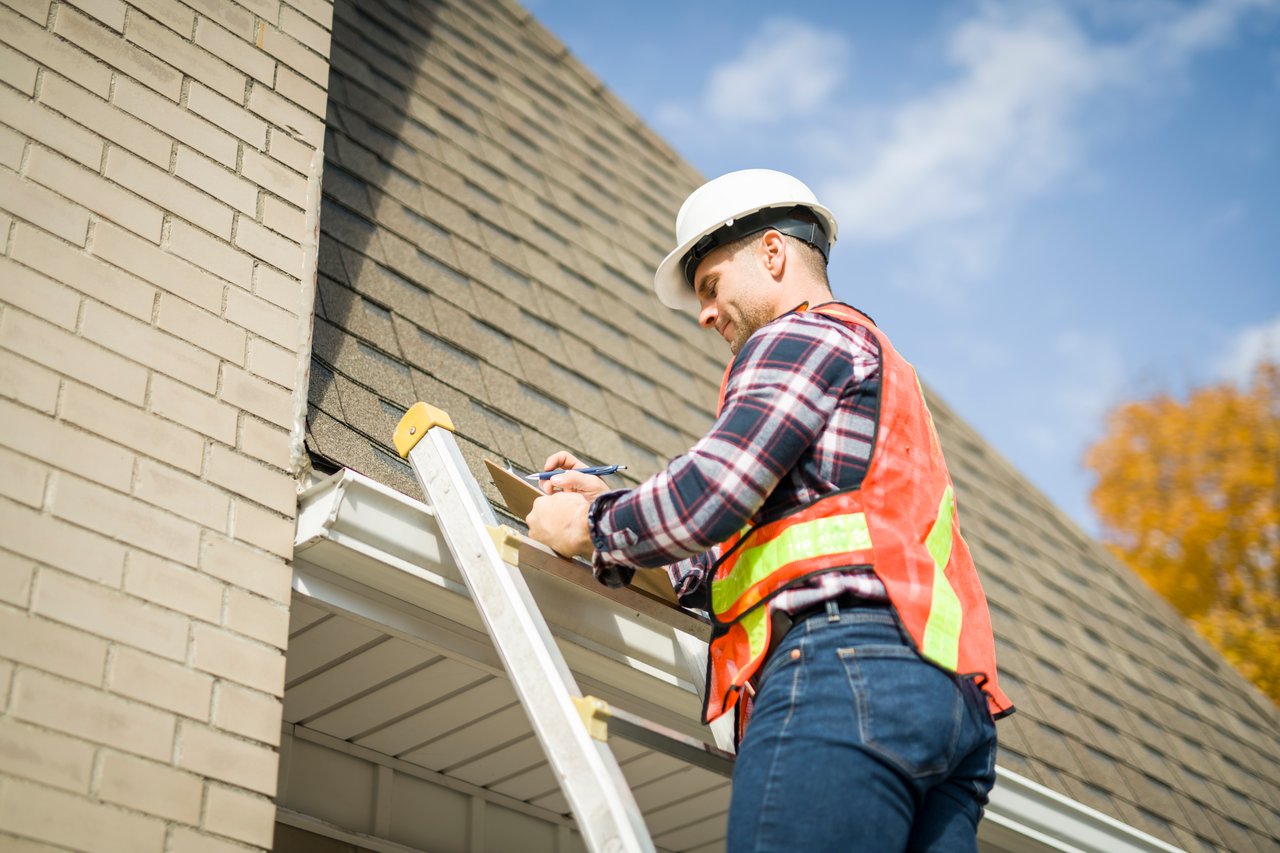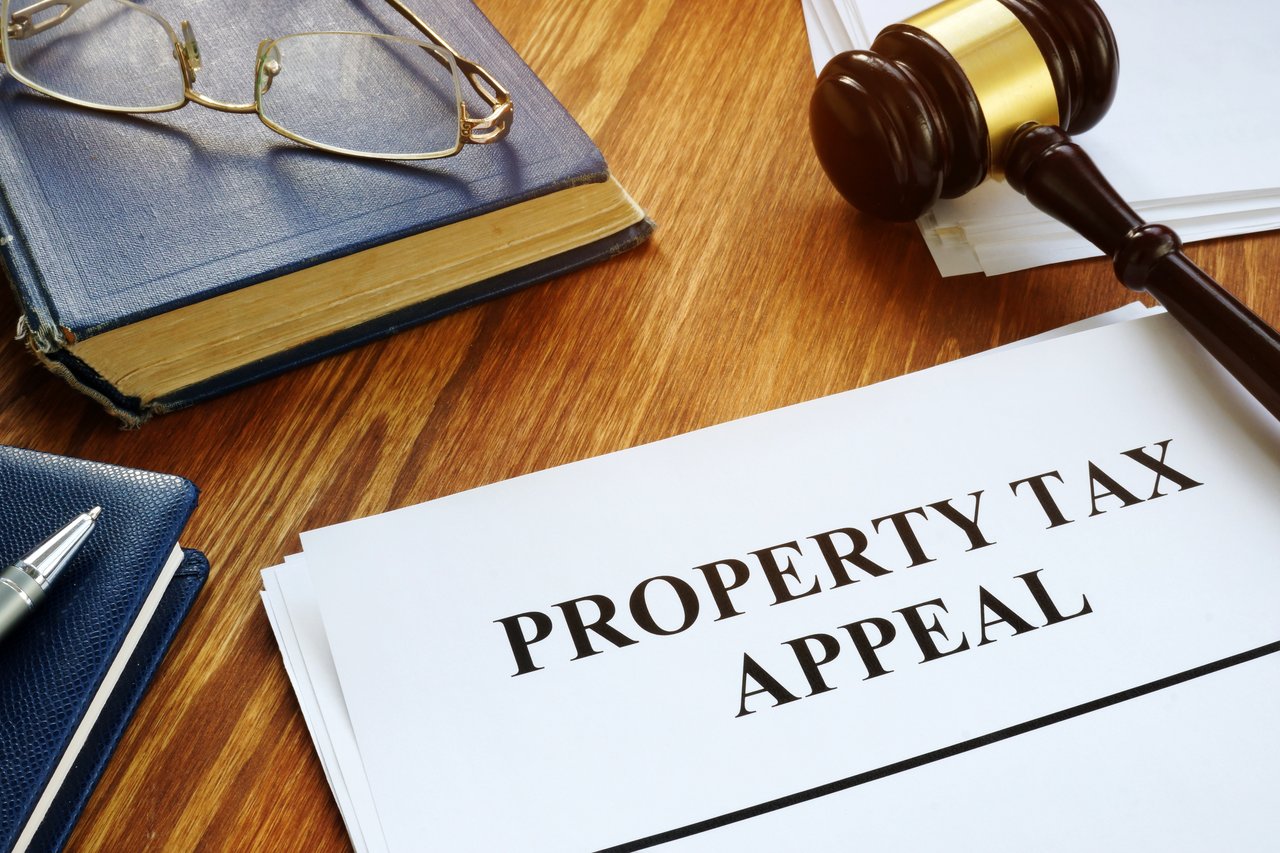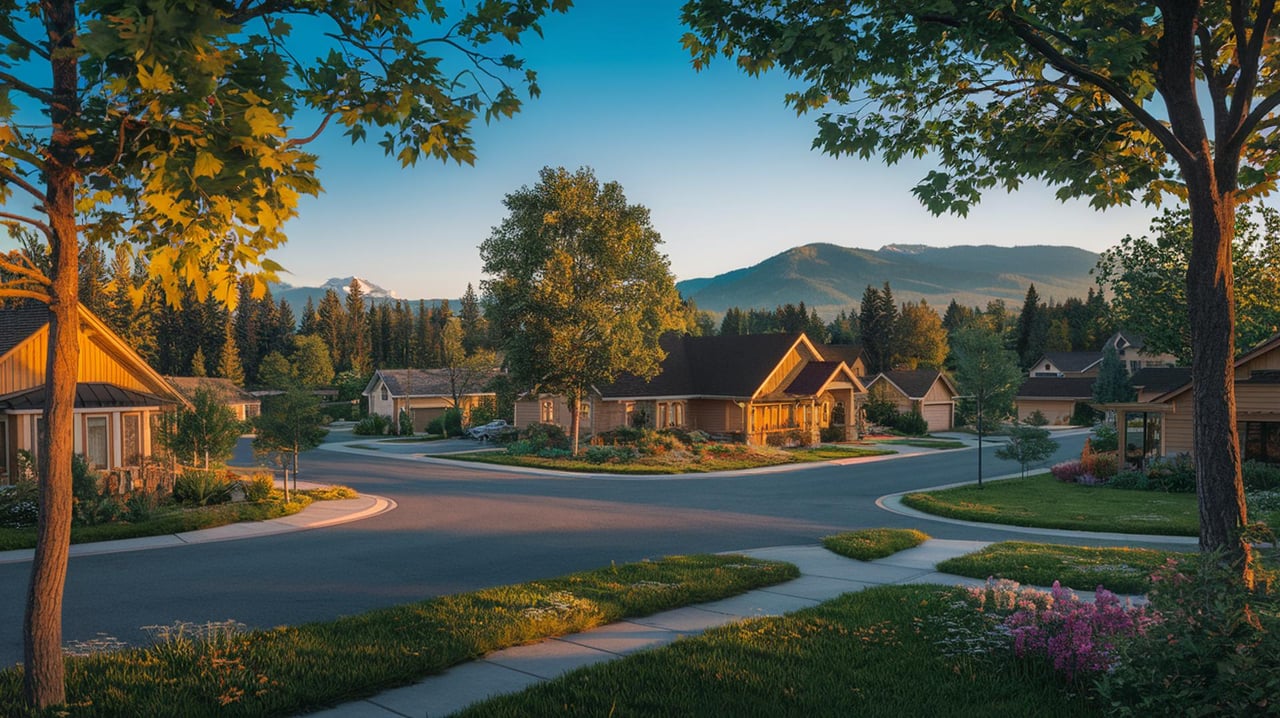The Most Expensive Home Repairs—and How to Avoid Them
Owning a home comes with great rewards—and sometimes, even greater responsibilities. While routine maintenance can help keep your property in top shape, some home repairs can sneak up on you and deliver a major financial blow. Whether you're a first-time buyer or a seasoned homeowner, understanding the most expensive home repairs—and how to prevent them—can save you thousands in the long run.
Here’s a breakdown of the costliest home repairs, what causes them, and what you can do to minimize your risk:
1. Foundation Repairs
Average Cost: $5,000–$15,000+
Cracks in your walls? Uneven floors? Doors that won’t close properly? These could all be signs of foundation issues—one of the most expensive problems a homeowner can face.
What Causes It: Poor drainage, expansive soil, water damage, or natural settling.
Prevention Tips:
-
Ensure proper grading and drainage around your home.
-
Install gutters and downspouts to direct water away from the foundation.
-
Address any water pooling near your home immediately.
2. Roof Replacement
Average Cost: $8,000–$20,000+
Your roof protects everything beneath it, so when it starts to fail, the damage can multiply quickly. A full replacement is often necessary if repairs are too extensive.
What Causes It: Age, storm damage, poor ventilation, or neglect.
Prevention Tips:
-
Get annual roof inspections.
-
Replace missing or damaged shingles promptly.
-
Keep gutters clean to prevent water backup and ice dams.
3. HVAC System Replacement
Average Cost: $5,000–$12,000+
A failing furnace or air conditioner can make your home uncomfortable—and replacing the system can make your wallet uncomfortable, too.
What Causes It: Age, lack of maintenance, or dirty filters and coils.
Prevention Tips:
-
Schedule seasonal tune-ups.
-
Change air filters regularly.
-
Clean vents and ducts.
4. Water Damage and Mold Remediation
Average Cost: $2,000–$15,000+
Water damage is often invisible until it’s widespread. Mold, which thrives in moist environments, can follow quickly—and lead to serious health and financial consequences.
What Causes It: Leaks from pipes, roofs, windows, or appliances.
Prevention Tips:
-
Regularly inspect under sinks, around toilets, and behind appliances.
-
Invest in a dehumidifier for damp areas.
-
Address even minor leaks immediately.
5. Septic System Failure
Average Cost: $3,000–$10,000+
For homes with septic systems, failure can result in hazardous conditions and costly excavation work.
What Causes It: Neglect, overuse, or blocked drain fields.
Prevention Tips:
-
Have your tank pumped every 3–5 years.
-
Avoid flushing anything other than waste and toilet paper.
-
Be mindful of what goes down your drains.
6. Electrical System Overhaul
Average Cost: $4,000–$15,000+
Outdated or overloaded electrical systems can be dangerous and expensive to update—especially in older homes.
What Causes It: Aging wiring, overuse of extension cords, or non-code installations.
Prevention Tips:
-
Schedule a home electrical inspection every few years.
-
Upgrade outdated breaker panels.
-
Use surge protectors and avoid DIY wiring unless you’re a licensed pro.
7. Plumbing System Replacement
Average Cost: $4,000–$10,000+
Aging or failing plumbing can lead to leaks, water damage, and sky-high water bills—not to mention the cost of replacing entire pipe systems.
What Causes It: Corroded pipes, tree root intrusion, or frozen lines.
Prevention Tips:
-
Insulate pipes in cold climates.
-
Avoid chemical drain cleaners that corrode pipes.
-
Have older plumbing inspected periodically.
Final Thoughts: Prevention Pays Off
While some home repairs are unavoidable, most of the most expensive ones can be prevented—or at least caught early—through proactive maintenance and regular inspections. Investing a little time and money in prevention can protect your home, your safety, and your bank account.
If you're buying or selling a home, it's wise to have a thorough inspection and address potential issues early. The key to managing home ownership costs isn’t just having the budget for repairs—it's doing your homework to avoid them in the first place.



